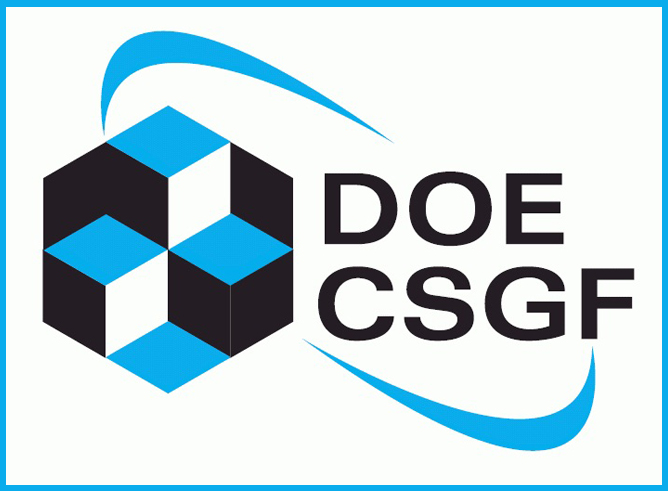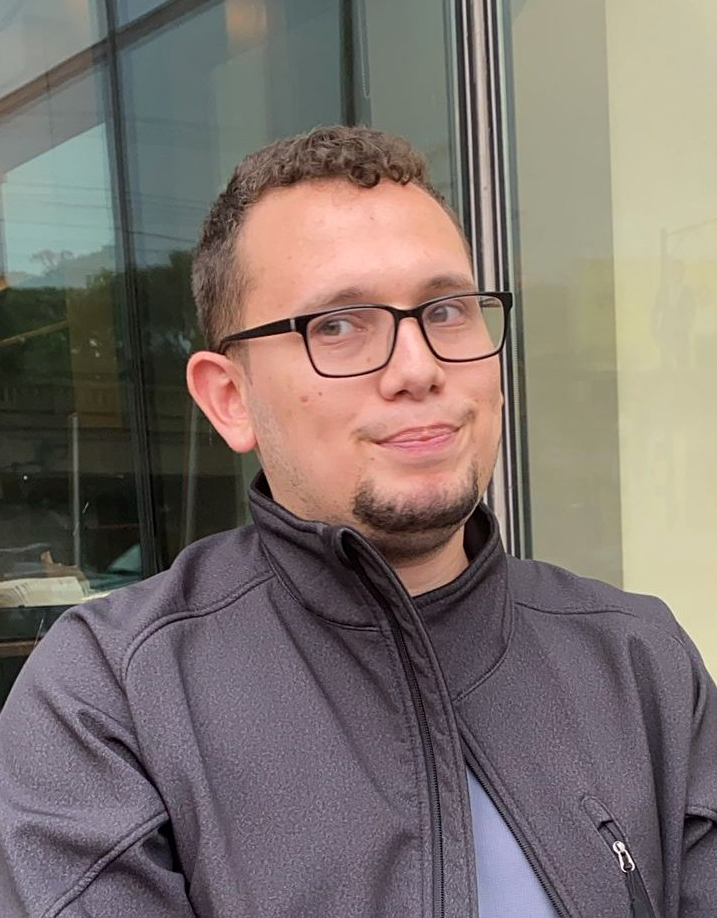
Joshua Meléndez-Rivera ’24, a Ph.D. candidate in the Department of Chemistry at Texas A&M University, has been selected to receive a United States Department of Energy (DOE) Computational Science Graduate Fellowship (CSGF) designed to support exceptional student researchers who are using high-performance computing to solve complex science and engineering problems.
Meléndez-Rivera, whose research as a member of Texas A&M chemist Dr. James D. Batteas’ group focuses on computational and surface chemistry, is one of a record 39 awardees from 25 different U.S. universities that grant advanced degrees in diverse scientific and engineering disciplines linked by their research interests and pioneering use of high-performance computing (HPC).
Established in 1991 and jointly funded by the DOE Office of Science and National Nuclear Security Administration, the DOE CSGF Program aims to help train top leaders in computational science, which is interdisciplinary by nature in its use of algorithms, mathematics and computers to analyze and solve scientific and engineering problems. The program helps nurture this cross-cutting foundation by supporting graduate students in multidisciplinary fields who share common interests in research with a common element: the application of HPC as a broad enabling technology. Although their pursuits vary widely, the DOE CSGF helps these computational scientists develop a sense of community that is often difficult to find in a single academic department but commonplace within DOE laboratories, where interdisciplinary teams conduct research in ways far different than in academic departments.
“The CSGF is one-of-a-kind program that plays a critical role in training the highly skilled computational scientists, mathematicians and computer scientists that become tomorrow’s leaders for DOE and for the nation,” said Dr. Ceren Susut-Bennett, DOE Acting Associate Director for Advanced Scientific Computing Research.

As part of the program, fellows receive exceptional benefits, including a yearly stipend, full payment of university tuition and required fees during the appointment period, as well as an annual academic allowance. Renewable for up to four years, the fellowship is guided by a comprehensive program of study that requires focused coursework in the areas of science and engineering, computer science and applied mathematics as well as a 12-week research experience at a DOE laboratory or site with access to DOE supercomputers.
“This investment in training people who will lead the application of high-performance computing to solve problems that will expand our understanding of key scientific issues in research areas fundamental to support the future nuclear deterrent will create a direct pipeline of highly trained scientists and engineers into our workforce,” said Dr. Steve Binkley, Assistant Deputy Administrator for Research, Development, Test and Evaluation in NNSA’s Office of Defense Programs.
With the addition of the 2023-24 class, more than 630 students will have entered the fellowship program, which is managed for the DOE by the Krell Institute. More than 475 from more than 60 U.S. universities now work in an expanding number of fields that support computing’s capacity to address problems important to the nation’s future.
Meléndez-Rivera earned a bachelor of science in chemistry in 2021 from the University of Puerto Rico at Cayey and spent the following spring semester as a research assistant there before coming to Texas A&M in August 2022 to pursue his Ph.D. in chemistry as a member of the Batteas Research Group. His current research involves the study of friction and chemical reactions for seismogenic zone materials using experimental and computational tools.
Meléndez-Rivera is one of 10 all-time DOE CSGF recipients from Texas A&M and one of three among the current student body — a trio that includes fellow chemistry graduate students Jezrielle (Annis) Mildon ’22 (Tabor Research Group) and Quentarius Moore ’21 (Batteas Research Group).
Learn more about the DOE Computational Science Graduate Fellowship and other funding opportunities available through the DOE Office of Science.

